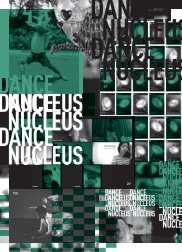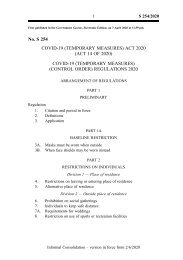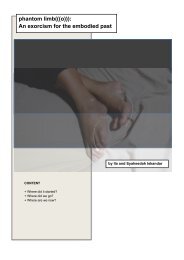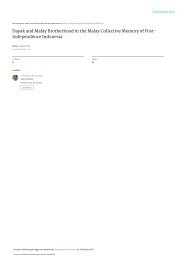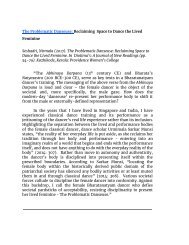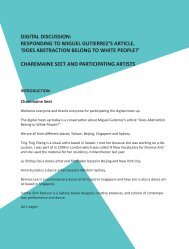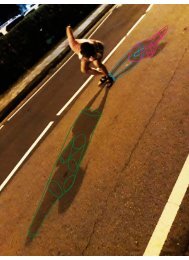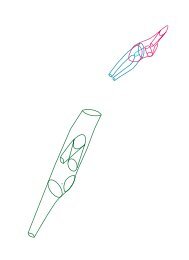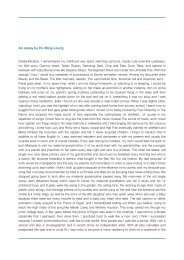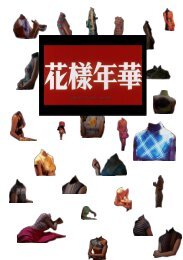FUSE#1
FUSE is a bi-annual publication that documents the projects at Dance Nucleus
FUSE is a bi-annual publication that documents the projects at Dance Nucleus
Create successful ePaper yourself
Turn your PDF publications into a flip-book with our unique Google optimized e-Paper software.
Scope #1<br />
Should I kill myself OR have a<br />
cup of coffee?:<br />
A co-choreographer’s work-in-progress reflection by Chiew Peishan<br />
Liu’s interest in the cyclical nature of revolutions and protests also<br />
led to a video sharing on Arab Spring protests and Catalonia’s<br />
independence movement. There was a sense of the people<br />
being caught in a situation and the accompanying wait for<br />
something to happen. Lappakornkul and Tan translated this idea<br />
through the physical stranding of different parts of the body,<br />
where Liu worked with the former to create a ‘stranded solo’. It<br />
was interesting for me to observe the different qualities of<br />
musculature engagement when Lappakornkul worked with an<br />
actual external stranding force as compared to an imagined one,<br />
which led me to ponder on the potential facilitation of<br />
embodiment of different nature.<br />
In response to the visual score, Liu and I had different interests for<br />
movement exploration. Liu collected four images of the Rohingya<br />
refugees that connected her to visual score’s element of the hand,<br />
and facilitated the exploration of reaching within a duet and trio<br />
relationship. We carried out some improvisation exercises, took<br />
turns to observe and participate, and engaged in discussions to<br />
share reflections.<br />
From the performer perspective, I am drawn to question the intention<br />
of the reaching hand; if reaching is the act of performance or it is a<br />
performance of reaching. Within an improvisation framework, I often<br />
ended up caught in a futile struggle in my search for freedom within<br />
the constrained relationship of tangled bodies. The possibility for<br />
greater calibration of energy to allow for varied shifts in dynamics<br />
opened up when there is clarity in the relationship between the<br />
bodies. The exploration led to the creation of the ‘reaching duet’ and<br />
‘reaching trio’.<br />
Still from film by Yan-Hong Chen<br />
One part of my movement exploration drew inspiration from the visual score’s<br />
element of the hand and the Absurd. I was working with the association of a falling<br />
hand with death. The accompanying idea of a loss of will developed into a<br />
paradoxical conscious will of a loss of will. Like a trust fall, one actively initiates to<br />
go off balance and consciously takes in every moment of losing control before the<br />
fall is caught. I connected with Camus’ idea of tragic consciousness, where<br />
“Sisyphus, proletarian of the gods, powerless and rebellious, knows the whole<br />
extent of his wretched condition: it is what he thinks of during his descent. The<br />
lucidity that was to constitute his torture at the same time crowns his victory” (121).<br />
We began experimenting with the degree of muscular engagement and release of<br />
the arm and extended the play through to the entire body. We explored different<br />
ways of falling and developed various strategies for catching falls. In the ‘falling<br />
trio’, the faller and catchers who alternate between the roles are to give conscious<br />
thought on when and how to fall and catch, and to allow for sensitive play and<br />
risk-taking in the initiation and recovery of falls. Personally, the process between<br />
the initiation and recovery of falls where one wills and embraces the loss of bodily<br />
control, as well as the occasional failures to catch fall, are the most authentic<br />
moments.<br />
81 82




